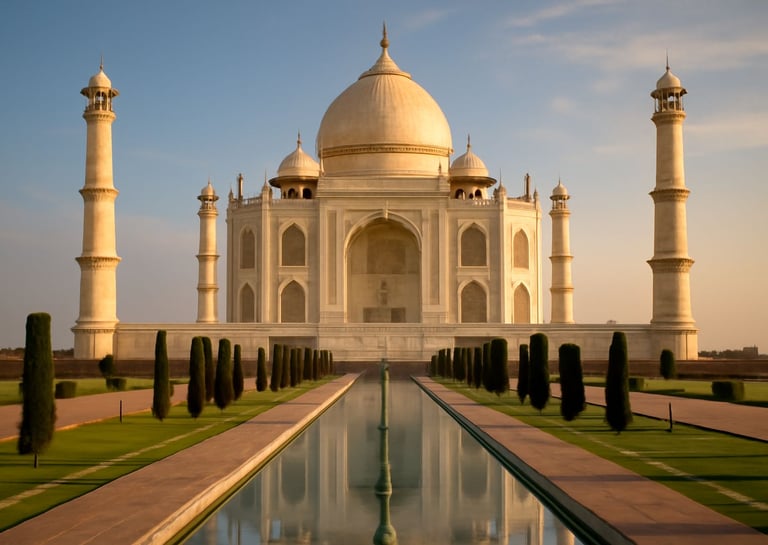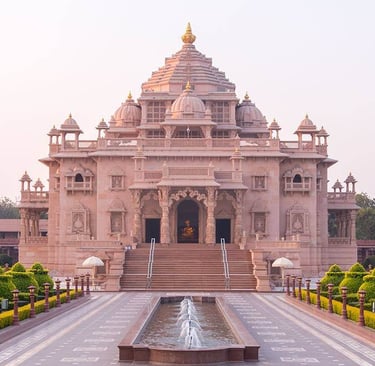India Now the World’s 8ᵗʰ Largest Tourist Economy: A Cultural Powerhouse Driving Economic Growth
India has climbed the global tourism ranks, rising from the 10ᵗʰ to the 8ᵗʰ largest tourism economy worldwide. According to the World Travel & Tourism Council (WTTC), the sector contributed a staggering US $231.6 billion in 2025, marking a rapid post-pandemic recovery and underscoring tourism’s central role in India’s economic engine.
ECONOMY
Thinkbrief
7/13/20252 min read


India Now the World’s 8ᵗʰ Largest Tourist Economy: A Cultural Powerhouse Driving Economic Growth
India has climbed the global tourism ranks, rising from the 10ᵗʰ to the 8ᵗʰ largest tourism economy worldwide. According to the World Travel & Tourism Council (WTTC), the sector contributed a staggering US $231.6 billion in 2025, marking a rapid post-pandemic recovery and underscoring tourism’s central role in India’s economic engine.
With its unmatched blend of heritage, spirituality, natural beauty, and urban energy, India continues to be a magnet for travelers from across the globe. Among the most visited destinations is Delhi, which alone accounts for over 31% of international arrivals due to its historical landmarks, museums, and markets. Mumbai, the financial and entertainment capital, captivates visitors with colonial architecture, film studios, and coastal charm.
The iconic Golden Triangle—Delhi, Agra, and Jaipur—remains a favorite among foreign tourists, offering the Taj Mahal, regal forts, and colorful bazaars. Spiritual centers such as Varanasi and Ayodhya, the latter witnessing a tourism boom following the construction of the Ram Mandir, attract millions of pilgrims annually. Tirupati Balaji, with over 30 million annual devotees, stands among the most visited religious sites in the world.
Nature lovers are drawn to Manali, Ooty, Coorg, and Meghalaya, while Goa continues to thrive on its beach tourism and nightlife. Kaziranga National Park in Assam reported a 35% rise in visitors, showcasing the growth of eco-tourism in the Northeast. Coastal cities like Puri in Odisha are also expanding beyond religious tourism into leisure and cultural tourism.
The economic impact of this travel surge is significant. In 2024, international visitor spending reached ₹3.1 trillion, while domestic tourism generated ₹15.5 trillion. Tourism’s contribution to India’s GDP climbed to over 10%, supporting more than 43 million jobs across hospitality, transport, retail, and entertainment sectors. Foreign exchange earnings from tourism totaled ₹2.32 trillion, bolstering the national economy.
Tourism also acts as a vital bridge between rural and urban development. It stimulates local industries, preserves heritage, and creates jobs in regions often overlooked by other economic sectors.
In sum, India’s ascent to the 8ᵗʰ spot in global tourism is more than a statistic—it reflects the country’s rich tapestry of culture, spirituality, and adventure. As millions continue to explore its landscapes and traditions, tourism remains a cornerstone of India’s economic and cultural identity.

